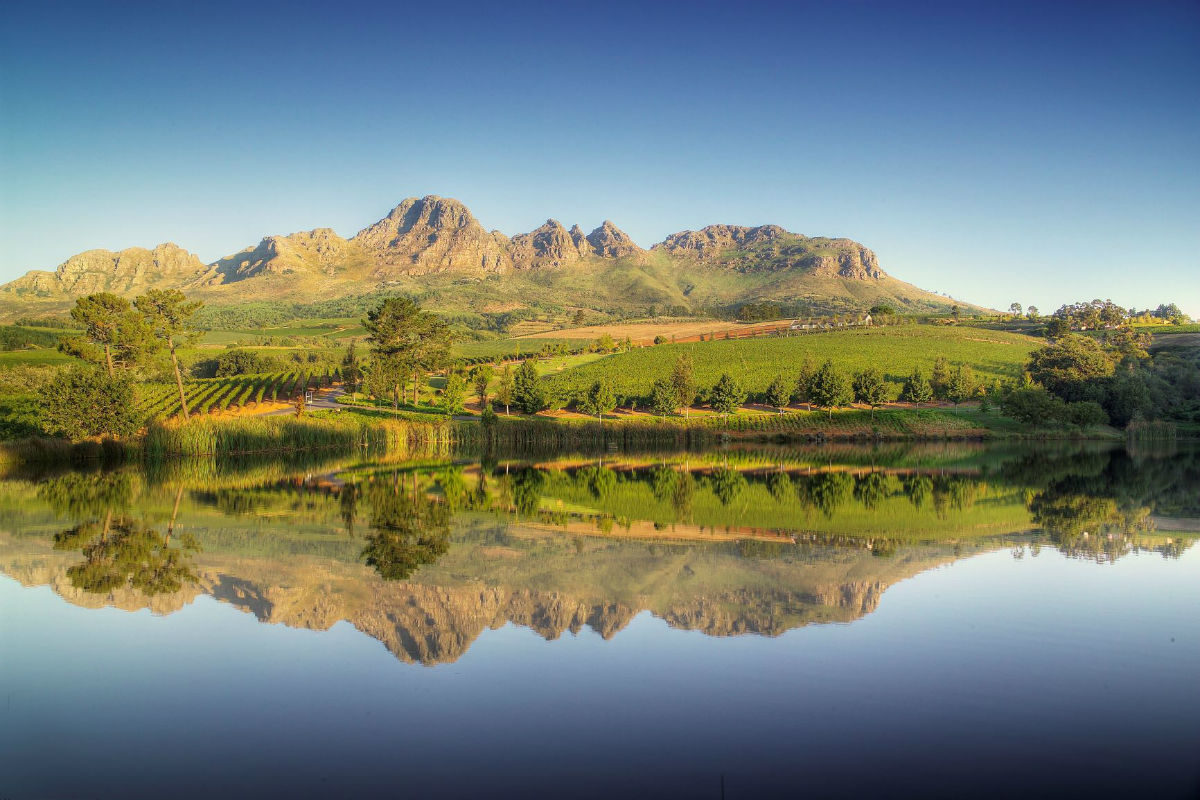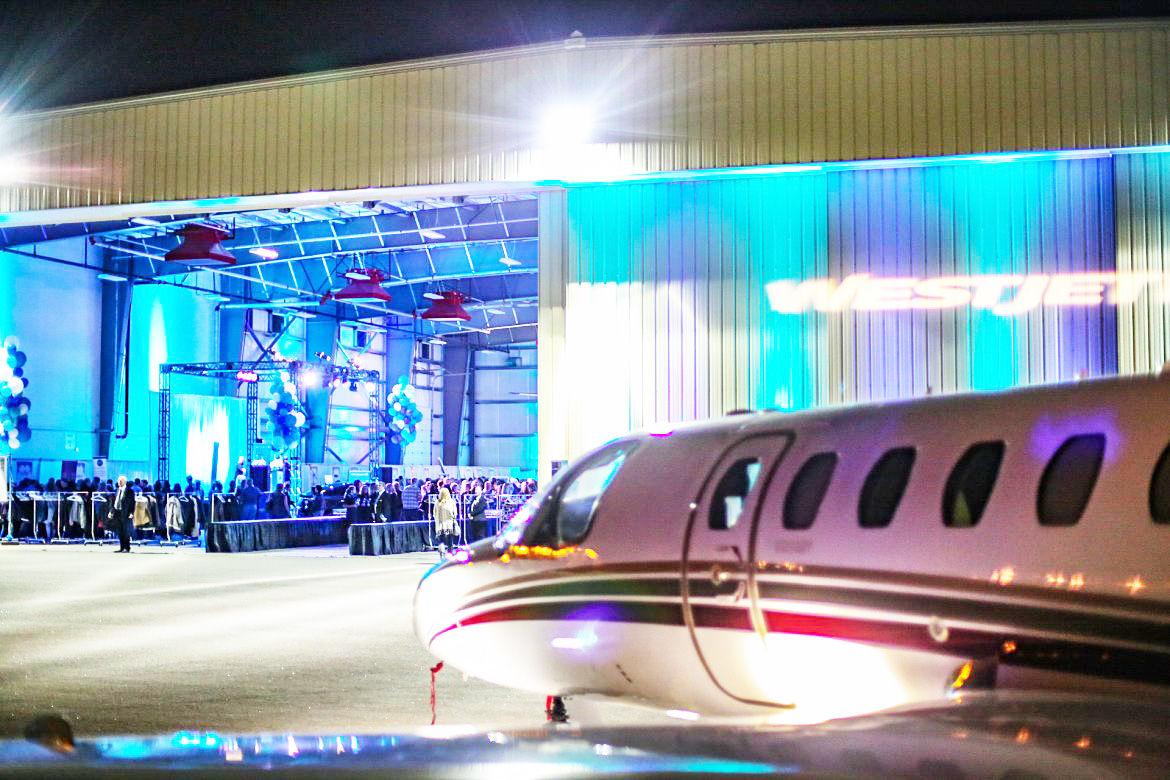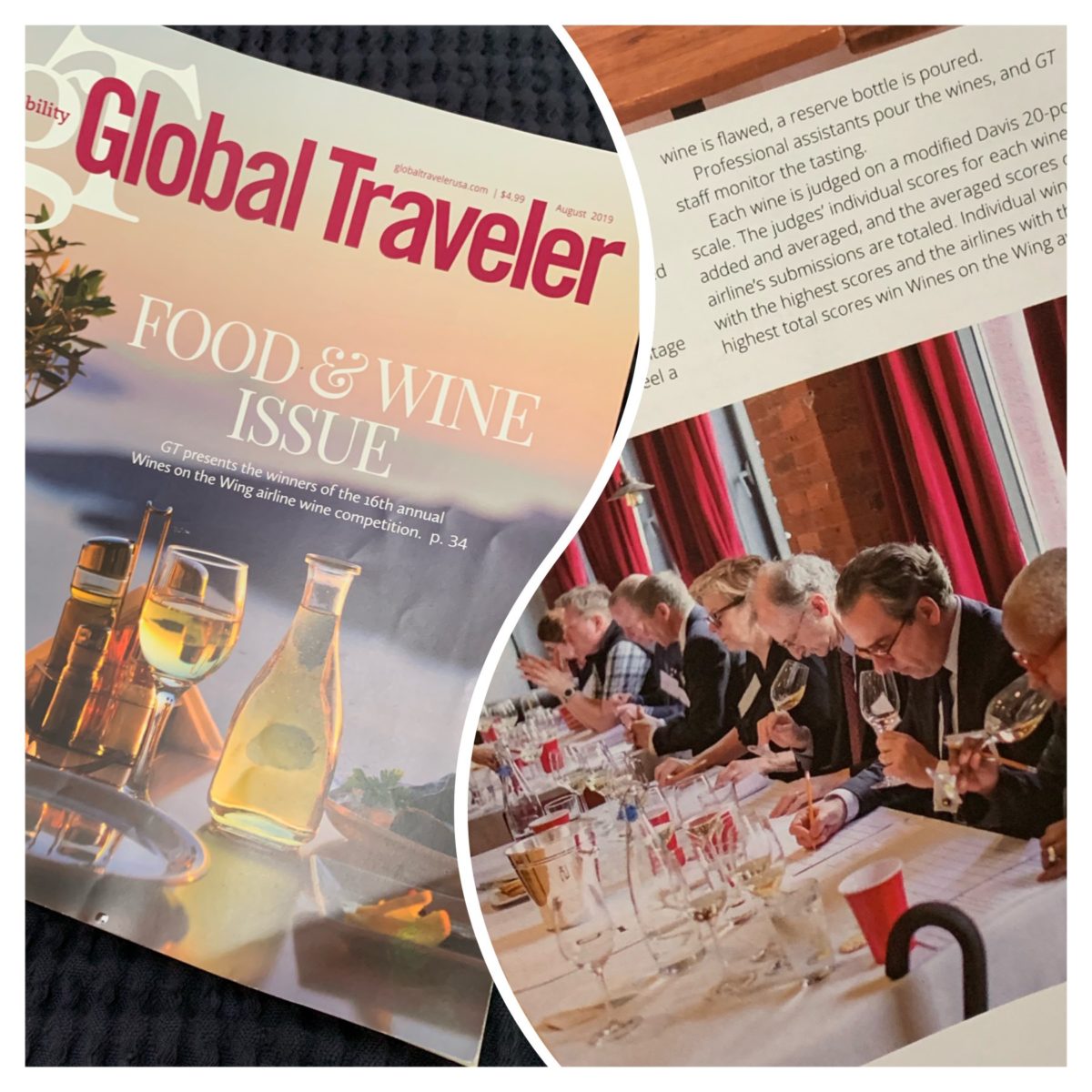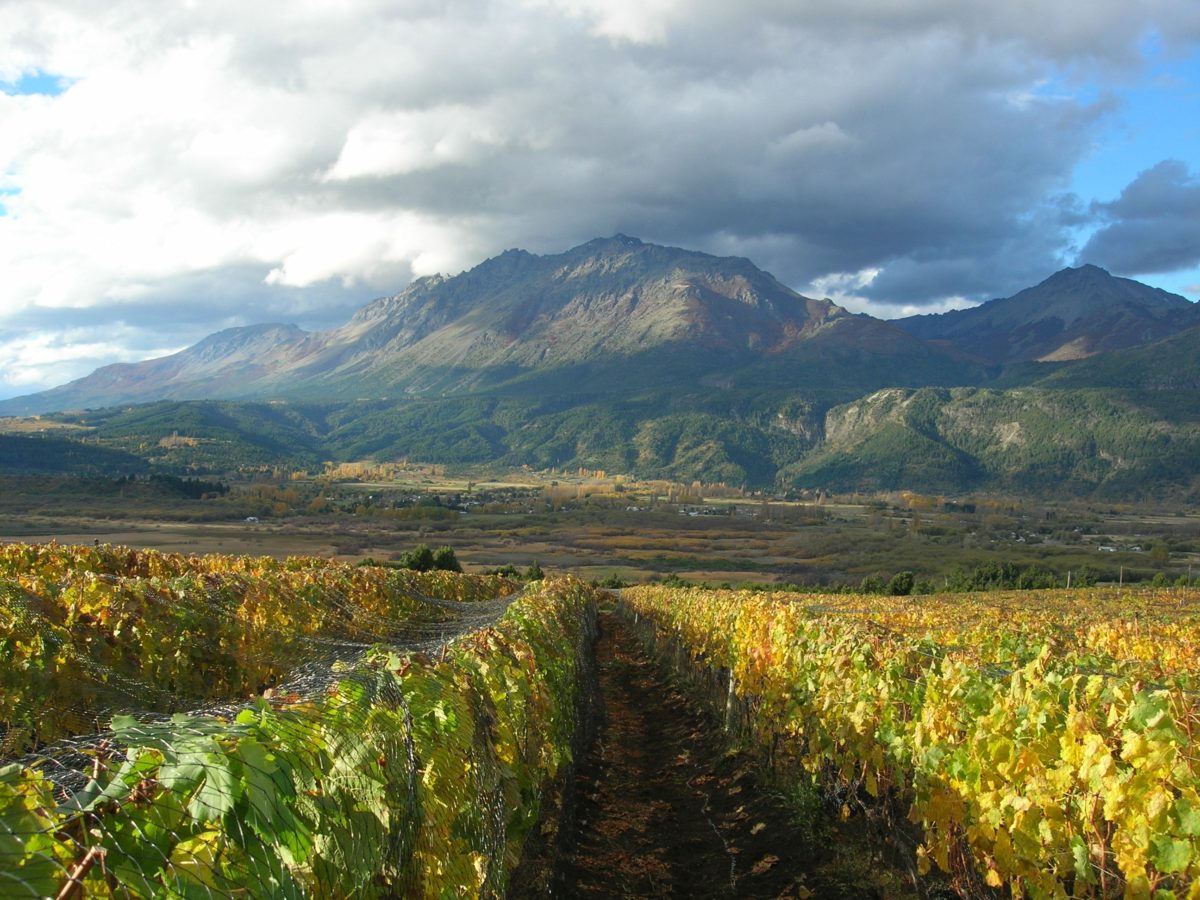South African wines are known globally for many things: wide range of styles; diversity of climate and geography; unique varietals; transition between the old and the new world. But not many people know the Cape Winelands are located in the Cape Floral Kingdom, a world heritage site, one of six plant kingdoms in the world, with more than 9500 plant species. This piece of natural significance, located on the most southern point of the African continent, in the area surrounding Cape Town is where 70% of the plant species found cannot be found anywhere else on earth.
With this unique biodiversity, preserving the natural heritage of the land has become a focus for the South African wine producers. With the boom in the export market, the area being planted to vines in South Africa in on the increase. Farmers are identifying what is unique and rare on their farms and finding ways to preserve the natural fynbos and renosterveld (translated as rhino fields); local names for the indigenous vegetation, and to minimize further loss of the threatened natural habitat as their plantings increase.
The South African wine industry supports conservation, and special biodiversity guidelines have been written. A program in sustainable farming was initiated called the Integrated production of Wine (IPW). It became compulsory for farmers in 1998 and it concentrates on every stage in the wine production process. Environmental impact studies, soil preparation, use of recyclable packaging, as well as botanical audits to preserve endangered or sensitive species, and using indigenous plants as cover crops. Farmers also are required to set aside undeveloped land on their farms to preserve the natural ecosystems.
South African wine bodies are working together to drive the industry’s commitment to sustainable, eco-friendly production of wine. The Wine and Spirit board seal on the bottle guarantees this and has a unique seal number which can be verified online (www.sawis.co.za)
Consumers can now know that South African wine is the real deal when it comes to sustainability and not just a form of green rubber stamping to appease wine drinkers. With that in mind, it is worth exploring the wonderful treasures that this little slice of Africa has to offer. A recent tasting revealed some delightful wines, all found in the main section of the LCBO, hence, they are easy drinking value wines, and all on promotion for the month of January:
Vinologist Sauvignon Blanc $12.95 (currently $10.95) https://www.vinologist.co.za
- Fresh, zingy, passionfruit and grapefruit notes
Fleur du Cap Chardonnay $12.95 (currently $10.95) https://www.fleurducap.co.za/wines/
- Lovely lemon tones, no real sign of oakiness, just the softness and complexity of oak barrels
The Grinder Pinotage $14.00 (currently selling for $12.00) https://www.grapegrinder.com/grinder-pinotage
- A great expression of the South African Pinotage grape, loads of blackberry and plum fruit and coffee toastiness from the oak
Porcupine Ridge Syrah $15.95 (currently $12.95) https://www.boekenhoutskloof.co.za/porcupine-ridge/
- A great value Syrah with notes of black pepper and black cherry
Jenny Ratcliffe-Wright
Cape Wine Master





 2016 Taliano Michele Blagheur Nebbiolo, Langhe DOC, Piedmont, Italy
2016 Taliano Michele Blagheur Nebbiolo, Langhe DOC, Piedmont, Italy